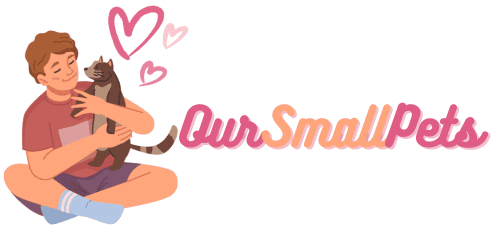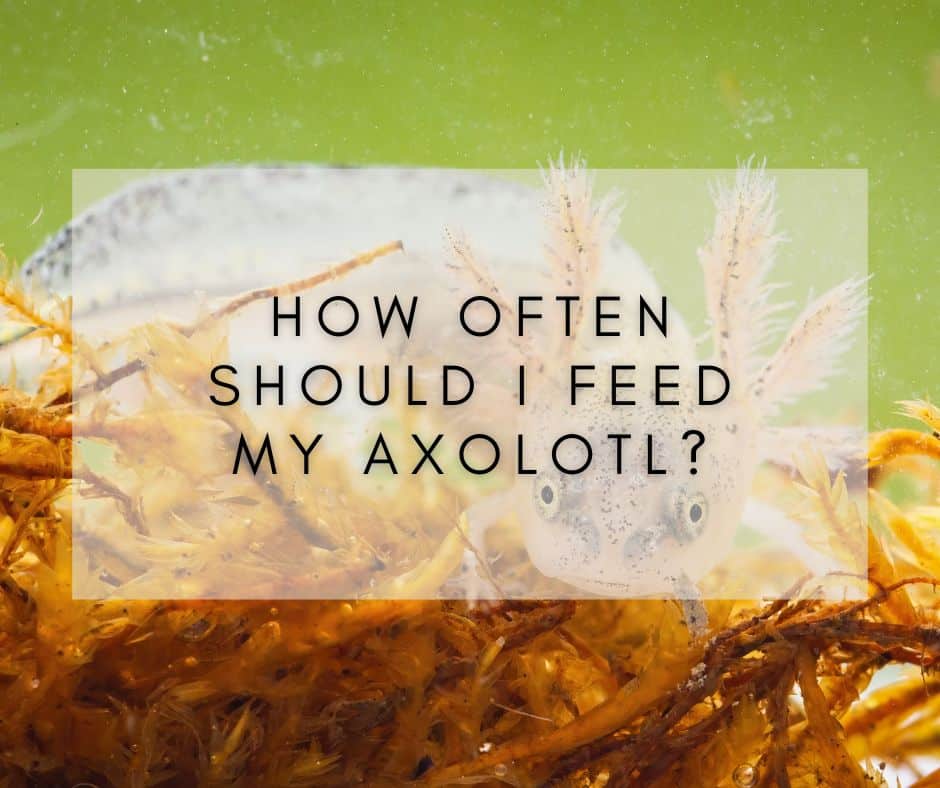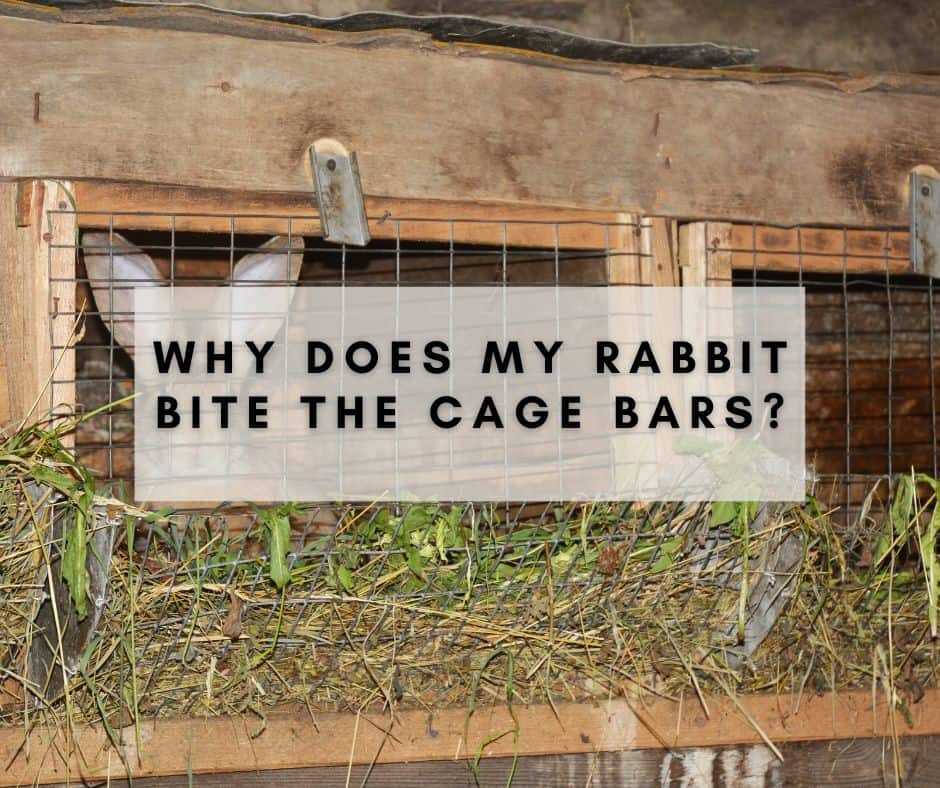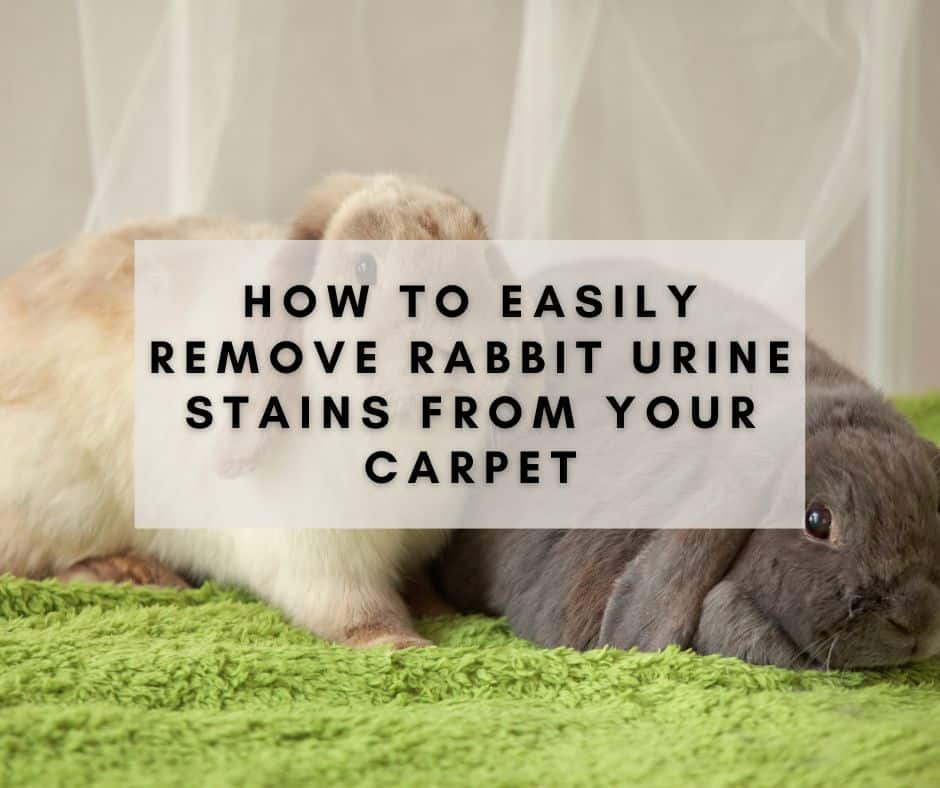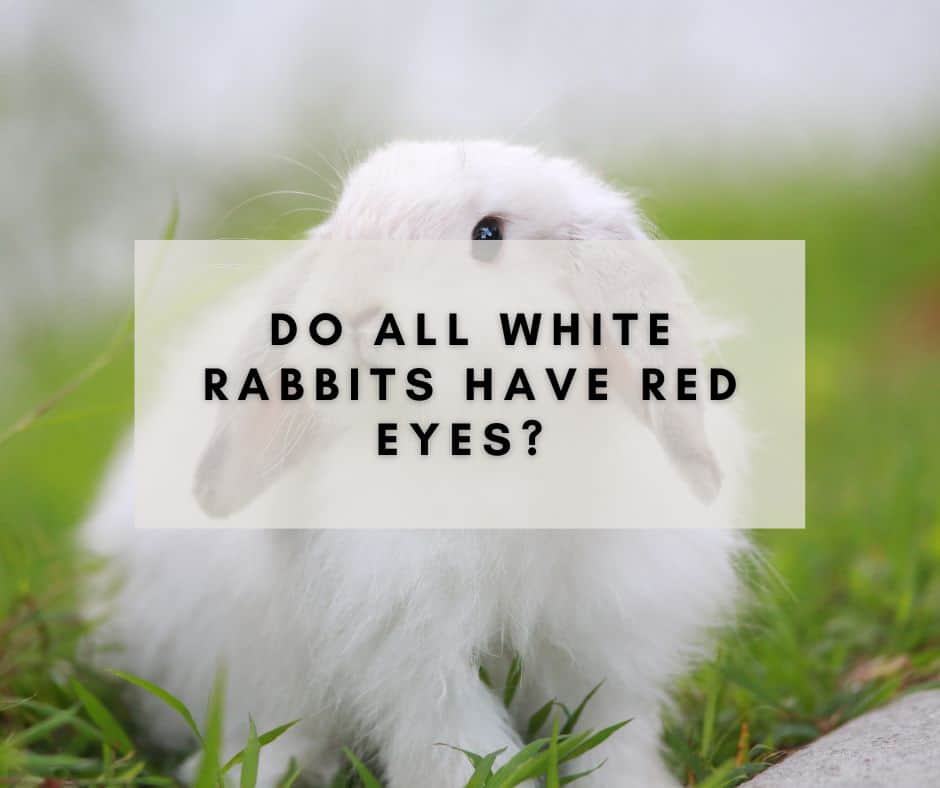An axolotl’s diet is simple. They don’t need much and one of the only problems you’ll encounter is overfeeding.
Adults only need to eat every 2 – 3 days. On the other hand, juveniles need daily nutrition and can process their food faster than adults. The amount you feed your axolotl should be based on its size. A good rule of thumb is to offer them food that’s about the size of their head.
However, their diet still depends on their stage of life. Generally, the younger they are, the more food they need.
Contents
- 1 Axolotls Don’t Need Much Food for Survival
- 2 How Often Should I Feed My Axolotl?
- 3 What Should I Feed My Axolotls?
- 4 How Do Axolotls Eat?
- 5 The Three-Minute Rule
- 6 What Happens if You Overfeed Axolotls?
- 7 How to Spot an Overfed Axolotl
- 8 How to Spot an Underfed Axolotl
- 9 What Time Should I Feed My Axolotl?
- 10 Conclusion
Axolotls Don’t Need Much Food for Survival
As unique as they are, they don’t need to fuel themselves continuously throughout the day. That means less food than you might expect at longer intervals.
They can survive for three days without food, and they won’t be uncomfortable either. You just need to find the perfect balance for their frequency and amount.
This is true for both captives and those found in their natural habitat.
How Often Should I Feed My Axolotl?
Hatchlings and babies should be fed as often as twice a day. Juveniles on the other hand, only need to be fed daily.
And as they grow older, you should gradually lessen their feeding time from every other day and every 2 – 3 days.
This is because adults and subadults generally take two days to break down their food.
What Should I Feed My Axolotls?
When axolotls are in their natural habitat, they eat what’s available. That makes them opportunistic eaters.
Most of the time, it’s a carnivore’s diet. They eat fish, crustaceans, mollusks, insects, and small amphibians in the wild.
But since you get to be the one to control their diet, it’s better if they eat earthworms, frozen fish food, and pellets (provided that they’re formulated specifically for axolotls).
A sad truth is that they’re also prone to eating each other. If you’re planning to have two axolotls in the same tank, make sure they’re the same size.
This prevents them from being able to overpower each other and lessens the possibility of cannibalism.
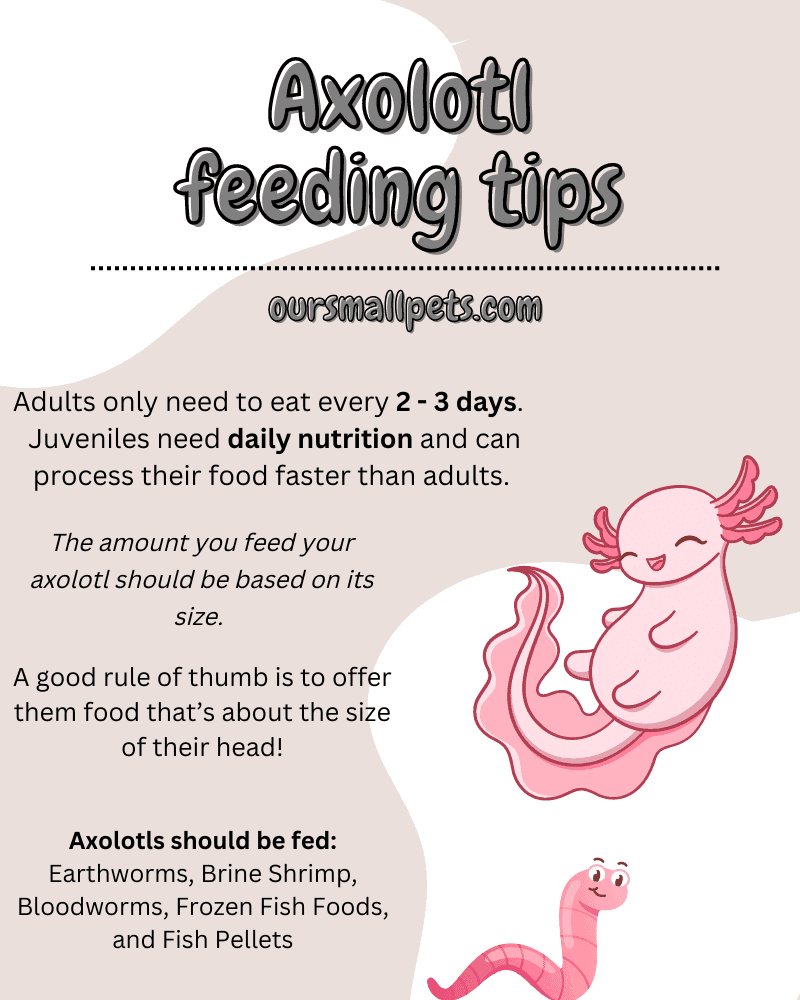
How Do Axolotls Eat?
Axolotls don’t chew their food, that’s why their digestion is quite slow. Instead of chewing, they more or less suction the prey to get inside their mouth.
Axolotls have a very particular way of eating. Their teeth are designed for slicing and holding food, but they don’t chew their food.
Instead, they just hold on to what they’re eating and gulp it down whole. This is why you need to be careful about the size of the food you give them.
The Three-Minute Rule
This essentially means that you should feed them what they’re able to eat in 3 minutes. Going beyond that may risk overfeeding them.
If you accidentally gave too much, just lessen their food intake at the next interval (After 2 – 3 days, assuming that it’s an adult).
If you’re unsure about their diet, try and experiment by putting one serving of food until they suction it fully. Afterward, make sure that you’re still under 3 minutes before putting another serving. This goes on until you reach the three-minute mark.
And another thing to keep out for are leftovers. As much as possible, clean the tank thoroughly since leaving leftovers may mess up their schedule.
What Happens if You Overfeed Axolotls?
Axolotls can be very sensitive to overfeeding side effects. The worst-case scenario is they’ll pass away. That’s why it’s very important to take care of their diet and frequency of feeding.
Food Rejection
Since they’ve been overloaded with food, they’ll start to ignore any floating around in the tank. This leads to the food sinking to the bottom.
When the food rots, the aquarium will start to produce a foul odor and cloud the water, stressing out the axolotl/s.
Digestive problems
Since they don’t bite down their food into smaller pieces before swallowing, it’s harder for them to digest it.
That’s why they can easily be overfed and have digestive problems. It can also lead to impaction, obesity, and even death.
For those who are unfamiliar, impaction is an intestinal blockage. This happens when the food they eat can’t easily be digested.
They won’t be able to eat until it has passed through. So, if your axolotl’s refusing to eat their food, it may be due to impaction.
How to Spot an Overfed Axolotl
An axolotl’s head is roughly the same size as its belly. If the belly is getting much bigger and rounder than the head then you’re probably overfeeding them.
You’ll also notice how their bellies become a bit larger for an extended period of time after eating, this is a nod to their slow digestion.
Another easy way to find out is if it’s floating instead of swimming. That extra buoyancy may be an indicator of overfeeding.
Generally, they’re pretty good at managing their food intake but as their caretaker, you should still try to regulate them.
How to Spot an Underfed Axolotl
For this one, all you really need to do is have another look at their bellies. If it’s not as wide and plump as their heads, it may mean that they’re underfed.
Males are mostly on the thinner side while females tend to be wider due to their natural ability for carrying eggs.
What Time Should I Feed My Axolotl?
Most of the time, they prefer getting fed at night. But since every axolotl is different, you should get to know yours and see what time they’re most enthusiastic when feeding.
In some cases, axolotls also refuse to eat just because it’s not their preferred feeding time. Don’t fret though, this just means that you have to adjust based on their wants.
As long as you feed them according to their preference, they should eat normally and without any hindrance (unless they’re naturally a picky eater).
Conclusion
Since axolotls don’t break down their foods, it’s much harder for them to digest hence a longer interval for feeding time.
The standard is every 2 – 3 days for adults, only feeding them as much as they can eat within 3 minutes.
It’s important to always abide by this rule since overfeeding axolotls can cause severe damage and even death.
Hence, regulation is a very important aspect of their survival. Without it, they’ll end up having health issues specifically related to their weight and gut.
